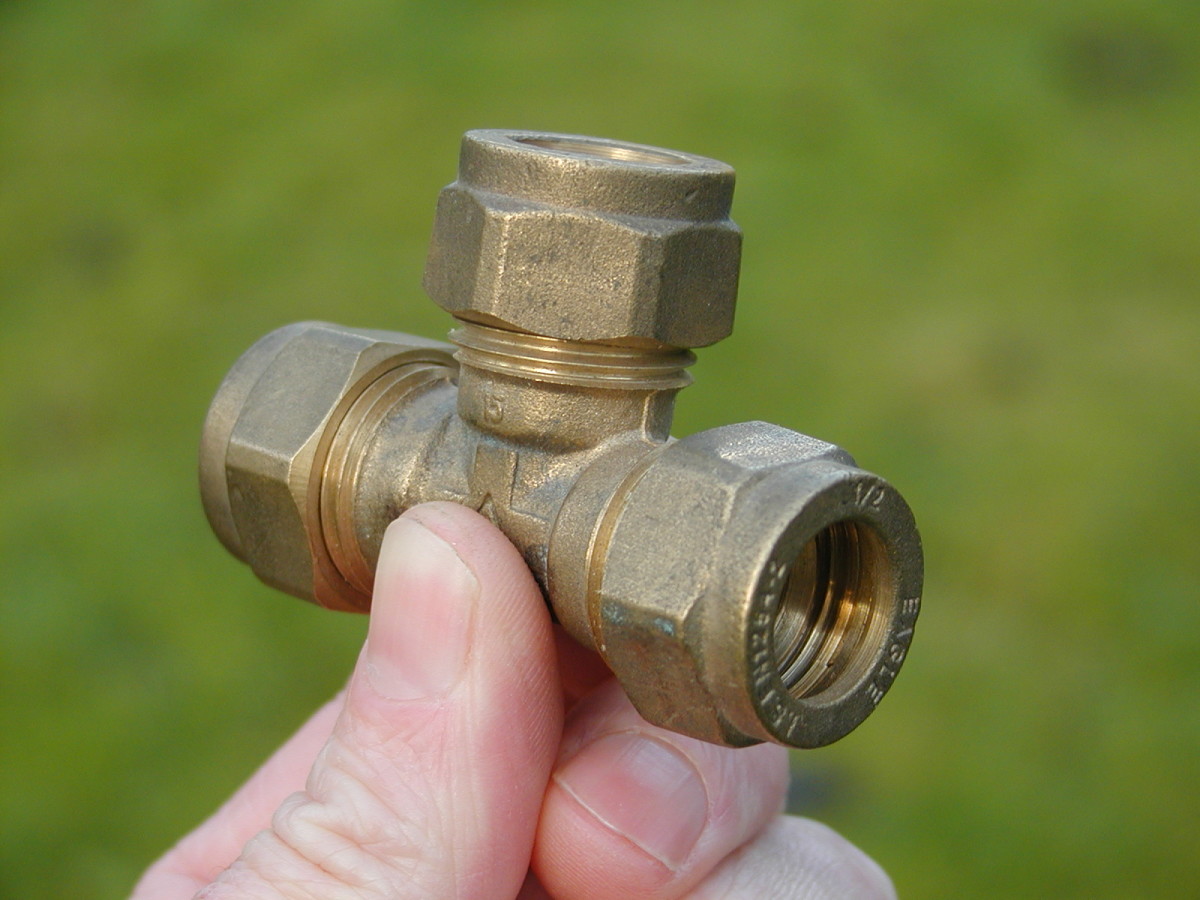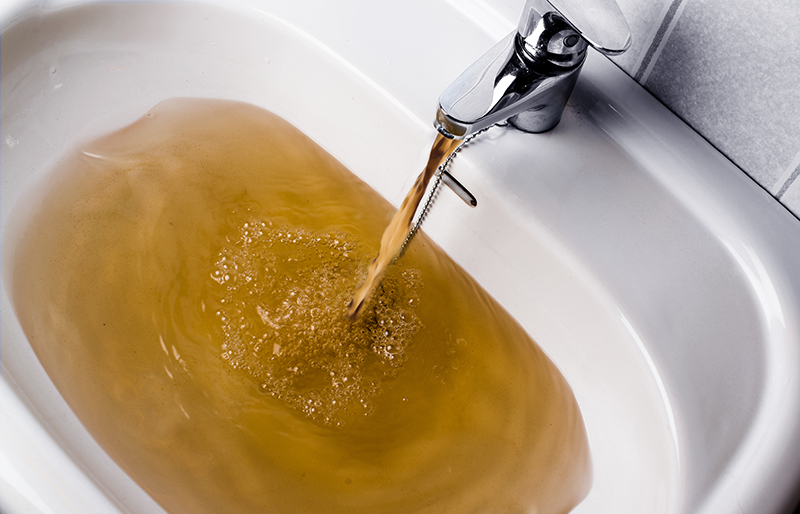Were you on the lookout for suggestions about Diagnose Unwanted Plumbing Noises?

To identify noisy plumbing, it is essential to determine initial whether the undesirable noises happen on the system's inlet side-in other words, when water is turned on-or on the drain side. Sounds on the inlet side have actually differed reasons: extreme water pressure, worn valve and also tap components, incorrectly linked pumps or other devices, inaccurately positioned pipe fasteners, and plumbing runs having way too many limited bends or various other restrictions. Sounds on the drainpipe side normally stem from inadequate place or, as with some inlet side sound, a design consisting of tight bends.
Hissing
Hissing sound that happens when a faucet is opened somewhat typically signals too much water pressure. Consult your neighborhood water company if you believe this trouble; it will have the ability to inform you the water pressure in your area and can mount a pressurereducing valve on the incoming water pipeline if required.
Thudding
Thudding sound, typically accompanied by shuddering pipelines, when a faucet or appliance shutoff is turned off is a problem called water hammer. The sound and resonance are caused by the resounding wave of pressure in the water, which suddenly has no location to go. In some cases opening up a valve that releases water quickly into a section of piping consisting of a restriction, arm joint, or tee fitting can create the same problem.
Water hammer can typically be treated by installing installations called air chambers or shock absorbers in the plumbing to which the problem valves or taps are connected. These gadgets permit the shock wave created by the halted circulation of water to dissipate airborne they include, which (unlike water) is compressible.
Older plumbing systems may have brief vertical sections of capped pipe behind walls on tap runs for the very same purpose; these can ultimately fill with water, minimizing or destroying their efficiency. The treatment is to drain pipes the water system totally by shutting off the primary water system valve as well as opening up all faucets. After that open up the main supply shutoff and close the taps individually, starting with the tap nearest the shutoff as well as ending with the one farthest away.
Babbling or Screeching
Intense chattering or shrilling that occurs when a valve or tap is turned on, and that normally goes away when the fitting is opened completely, signals loosened or defective interior components. The remedy is to replace the valve or faucet with a brand-new one.
Pumps and home appliances such as cleaning devices as well as dish washers can transfer motor sound to pipes if they are incorrectly linked. Connect such items to plumbing with plastic or rubber hoses-never rigid pipe-to isolate them.
Other Inlet Side Noises
Squeaking, squeaking, damaging, breaking, and also touching normally are brought on by the growth or contraction of pipes, generally copper ones supplying warm water. The sounds happen as the pipelines slide against loosened fasteners or strike close-by home framework. You can often pinpoint the place of the trouble if the pipelines are exposed; simply adhere to the audio when the pipes are making sounds. More than likely you will certainly discover a loose pipeline hanger or an area where pipelines exist so close to floor joists or other mounting items that they clatter against them. Attaching foam pipe insulation around the pipes at the point of call need to treat the trouble. Make certain bands and also wall mounts are protected as well as supply sufficient support. Where feasible, pipeline bolts should be attached to huge structural elements such as structure wall surfaces rather than to mounting; doing so minimizes the transmission of vibrations from plumbing to surfaces that can enhance and transfer them. If attaching bolts to framing is unavoidable, wrap pipelines with insulation or various other resistant product where they call fasteners, and sandwich the ends of brand-new bolts in between rubber washers when installing them.
Correcting plumbing runs that suffer from flow-restricting limited or countless bends is a last resource that needs to be embarked on only after consulting an experienced plumbing contractor. Unfortunately, this circumstance is relatively common in older residences that might not have been built with interior plumbing or that have actually seen a number of remodels, especially by beginners.
Drainpipe Sound
On the drainpipe side of plumbing, the chief objectives are to get rid of surfaces that can be struck by dropping or hurrying water and to insulate pipelines to have inevitable sounds.
In new building and construction, tubs, shower stalls, toilets, and also wallmounted sinks as well as basins should be set on or versus durable underlayments to reduce the transmission of audio with them. Water-saving toilets and taps are much less noisy than traditional designs; mount them rather than older kinds even if codes in your location still permit using older components.
Drainpipes that do not run vertically to the cellar or that branch into horizontal pipeline runs supported at floor joists or various other framing present specifically bothersome noise troubles. Such pipes are large sufficient to radiate substantial resonance; they also lug considerable amounts of water, which makes the situation worse. In brand-new building, specify cast-iron dirt pipes (the huge pipes that drain bathrooms) if you can afford them. Their enormity contains much of the sound made by water passing through them. Additionally, avoid directing drains in walls shown rooms and spaces where individuals gather. Wall surfaces having drainpipes need to be soundproofed as was explained previously, using dual panels of sound-insulating fiberboard as well as wallboard. Pipelines themselves can be wrapped with special fiberglass insulation created the purpose; such pipes have an impervious vinyl skin (occasionally including lead). Results are not constantly satisfactory.
WHY IS MY PLUMBING MAKING SO MUCH NOISE?
This noise indeed sounds like someone is banging a hammer against your pipes! It happens when a faucet is opened, allowed to run for a bit, then quickly shut — causing the rushing water to slam against the shut-off valve.
To remedy this, you’ll need to check and refill your air chamber. Air chambers are filled with — you guessed it — air and help absorb the shock of moving water (that comes to a sudden stop). Over time, these chambers can fill with water, making them less effective.
You’ll want to turn off your home’s water supply, then open ALL faucets (from the bathroom sink to outdoor hose bib) to drain your pipes. Then, turn the water back on and hopefully the noise stops! If you’re still hearing the sound, give us a call to examine further.
Whistles
Whistling sounds can be frustrating, as sometimes the source isn’t easily identified. However, if you can pinpoint which faucet or valve that may be the cause, you’ll likely encounter a worn gasket or washer — an easy fix if you replace the worn parts!Whistling sounds from elsewhere can mean a number of things — from high water pressure to mineral deposits. Your best plan of attack here is to give our plumbing experts a call. We’ll be able to determine where the noise is coming from and what the cause may be, then recommend an effective fix!
Cracks or Ticks
Cracking or ticking typically comes from hot water going through cold, copper pipes. This causes the copper to expand resulting in a cracking or ticking sound. Once the pipes stop expanding, the noise should stop as well.
Pro tip: you may want to lower the temperature of your water heater to see if that helps lessen the sound, or wrapping the pipe in insulation can also help muffle the noise.
Bangs
Bangs typically come from water pressure that’s too high. To test for high water pressure, get a pressure gauge and attach it to your faucet. Water pressure should be no higher than 80 psi (pounds per square inch) and also no lower than 40 psi. If you find a number greater than 80 psi, then you’ve found your problem!
Next step is to give us a call in order to install a pressure regulator. Trust us, you don’t want to wait to resolve this issue. Not only is the sound annoying, but high water pressure can be destructive to your home — including damaging certain appliances, like your washer and dishwasher.
Dripping
You might be accustom to the slow quiet drip your kitchen faucet makes. You might have even tuned out your bathroom sink dripping and drabbing all day long — but it’s time to find its cause.
A slow drip could signify a variety of easy to fix issues, such as a worn out O ring, or loose part. And by ignoring the drip, you could be wasting up to 2,000 gallons of water a year! So start conserving water — get it looked at ASAP.
https://www.pwessig.com/blog/2018/december/why-is-my-plumbing-making-so-much-noise-/

As a serious reader about Diagnose Unwanted Plumbing Noises, I think sharing that piece of content was necessary. Are you aware of another individual who is occupied with the subject? Please feel free to share it. Thanks for going through it.
Request A Quote